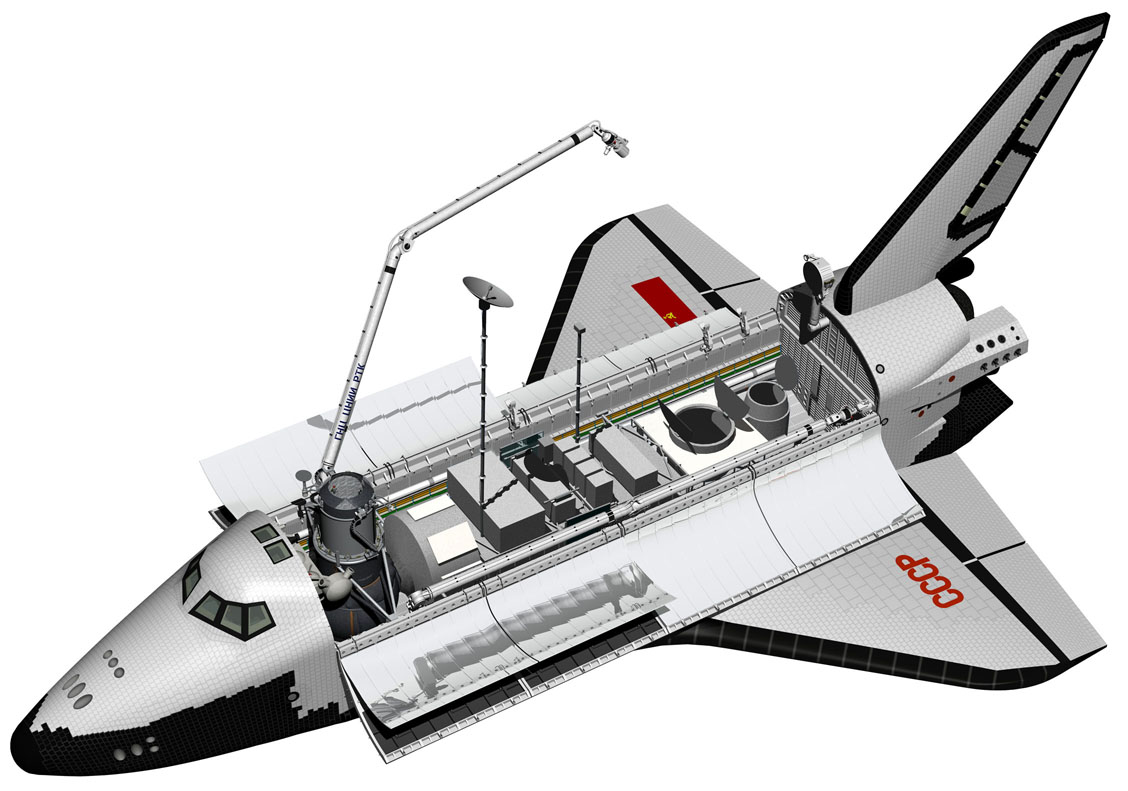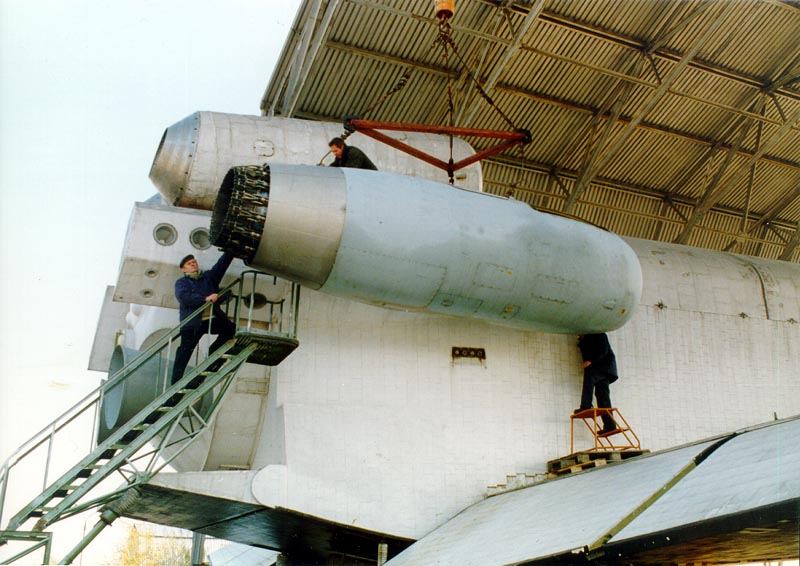
Officially, the Buran orbital vehicle was designed for the delivery to orbit and return to Earth of spacecraft, cosmonauts, and supplies. developed its Space Shuttle program, the Soviet military became suspicious that it could be used for military purposes, due to its enormous payload, several times that of previous U.S. An authoritative chronicler of the Soviet and later Russian space programme, the academic Boris Chertok, recounts how the programme came into being. Space Shuttle program, which raised considerable concerns among the Soviet military and especially Defense Minister Dmitry Ustinov.

The Buran orbital vehicle programme was developed in response to the U.S. After Zvezda, there was a hiatus in reusable projects until Buran. Decades later, another project with the same name would be used as a service module for the International Space Station. The next iteration of a reusable spacecraft was the Zvezda design, which also reached a prototype stage. The Burya programme was cancelled by the USSR in favor of a decision to develop ICBMs instead. The Burya had the goal of delivering a nuclear payload, presumably to the United States, and then returning to base. Several test flights were made before it was cancelled by order of the Central Committee. The first step toward a reusable Soviet spacecraft was the 1954 Burya, a high-altitude prototype jet aircraft/cruise missile. Before Buran, no project of the programme reached operational status. The idea of Soviet reusable space flight is very old, though it was neither continuous nor consistently organized. The Soviet reusable spacecraft programme has its roots in the late 1950s, at the very beginning of the space age. The project was the largest and the most expensive in the history of Soviet space exploration. Unlike the Space Shuttle, Buran had a capability of flying uncrewed missions, as well as performing fully automated landings. Smaller rocket engines on the craft's body provided propulsion in orbit and de-orbital burns, similar to the Space Shuttle's OMS pods. For example, the main engines during launch were on the Energia rocket and were not taken into orbit by the spacecraft. Although the Buran class was similar in appearance to NASA's Space Shuttle orbiter, and could similarly operate as a re-entry spaceplane, its final internal and functional design was different.

The Buran programme was started by the Soviet Union as a response to the United States Space Shuttle program and benefited from extensive espionage undertaken by the KGB of the unclassified US Space Shuttle program, resulting in many superficial and functional similarities between American and Soviet Shuttle designs. The Buran-class orbiters used the expendable Energia rocket as a launch vehicle. In addition to being the designation for the whole Soviet/Russian reusable spacecraft project, Buran was also the name given to Orbiter 1K, which completed one uncrewed spaceflight in 1988 and was the only Soviet reusable spacecraft to be launched into space.

The Buran programme ( Russian: Буран, IPA:, "Snowstorm", "Blizzard"), also known as the " VKK Space Orbiter programme" ( Russian: ВКК «Воздушно-Космический Корабль», lit.'Air and Space Ship'), was a Soviet and later Russian reusable spacecraft project that began in 1974 at the Central Aerohydrodynamic Institute in Moscow and was formally suspended in 1993.


 0 kommentar(er)
0 kommentar(er)
